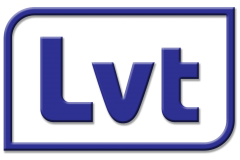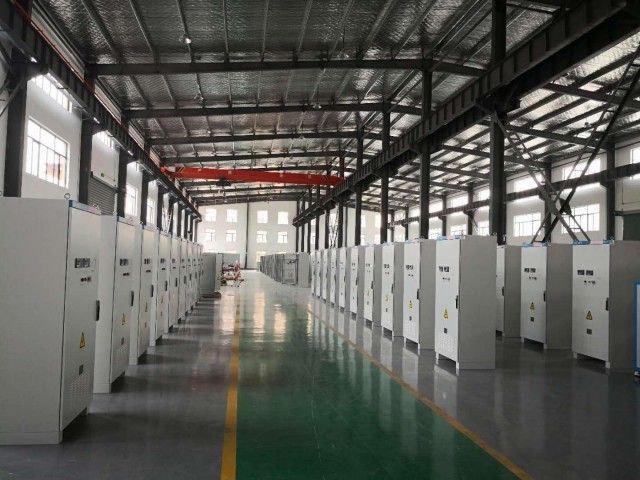IEC 60146-1-1 Standard
Semiconductor converters
IEC 60146-1-1 Standard is applied to all transducers, even if it does not fall within the scope of a designated product standard or if it does not fall within the scope of the specially assigned standard. In this standard, it is primarily the determination of the basic rules about converters and the rules that can be applied to line swap dialers to convert them to power or reverse. To mention the standard, two different types of tests are required. Type test and Routine tests. The type test should be carried out to verify the suitability of the product design that will provide the performance rules specified in this standard or special performance rules separately. Several or all of the type tests can be repeated at specified intervals to verify that product quality is maintained. Routine tests should be carried out on each sample prior to delivery, to verify that the rules in this standard are met. According to the standard, the “marking plate” must be provided with the product by the manufacturer. The following information should be available on the rating plate.
Introductory reference, manufacturer's type specification and serial number,
Number of input phases (including neutral if necessary) or “d.a.”,
Declared input voltage (in the case of inverters, called "statement direct voltage"),
Declared input current (called "declaration direct current" in case of inverters),
Declared input frequency, if any,
The number of output phases (including neutral if necessary) or “d.a.”,
Declared output voltage (in the case of rectifiers, called "declared direct voltage"),
Declared output current (in the case of rectifiers, called "declaration direct current"),
Declared output frequency, if any,
Output voltage range (if output voltage can be adjusted),
Output frequency range (if output frequency can be adjusted),
If the character of the load (for example, counter e.m.k., inductive, etc.) is limited in this way,
Class of service,
Connection type including “one-level” or “one-level”, respectively (only for integrations),
The largest possible symmetrically active (r.m.s) short circuit current of the power supply,
Reference to this standard.
IEC 60146-1-1 Type test should include the following.
Visual inspection test
Insulation test
Light load and functional experiment
Declared current test
Measurement of power loss
Temperature rise test
Auxiliary staff control test
Control test of the characteristics of the control equipment
Control test of protection elements
Optional experiments are also available in the standard. These experiments should be carried out only if an agreement has been reached. These tests should include the following.
Overcurrent ability test
Measurement of natural voltage regulation
Measuring wavelet voltage and current
Measurement of harmonic currents
Measuring the power factor
Immune test
Radiated distortions by radio frequency radiation and transmission
Measuring audible noise
Additional tests
IEC 60146-1-1 Type tests;
Insulation tests:
In order to show that the dielectric strength of the insulation system in the product is sufficient, tests should be carried out together with routine tests as type tests. In accordance with the standard, high voltage is applied to verify additional, double and reinforced insulation. If electrical puncture does not occur during the test, test was successful. In addition to the insulation test, insulation resistance should also be measured.
Light load test and functional test:
The light load test is carried out to verify that all parts of the electrical circuits and hardware of the cooling system are working correctly with the mains circuit. For routine testing, the inverter is connected to the rated input voltage. For the type test, the function of the hardware is also tested at the largest and smallest values of the input voltage.
Rated current test:
The test is carried out to verify that the hardware will work satisfactorily in the declared stream. in. the terminals must be short-circuited directly or with a reactor, and at least an alternating voltage at a value that will cause the constant current to flow, a.a. should be applied to the terminals.
Determination of power loss:
Losses in integration and hardware can be determined by calculations based on measurements or direct measurements. The power losses of the inverter should be measured during a light load (smallest possible load) test and a short circuit test.
Temperature rise test:
The temperature rise in the inverter must be determined in the test conditions given for the current test under the least suitable cooling conditions. The temperature rise should be measured at the specified point and the result used to confirm the design of the cooling system.
Control of the auxiliary staff:
Contactors, pumps, sequencing equipment, ventilators, etc. should be checked. If appropriate, this check should be carried out together with the light load test.
Control of control hardware features:
The static and dynamic properties of the control equipment should be checked in both cases. This includes checking that the equipment is working satisfactorily at all supply voltage values within the range of variations in which it is designed.
Control of the protective elements:
The control of the protective elements should be carried out as much as possible without forcing the components in the hardware on the declared values.

